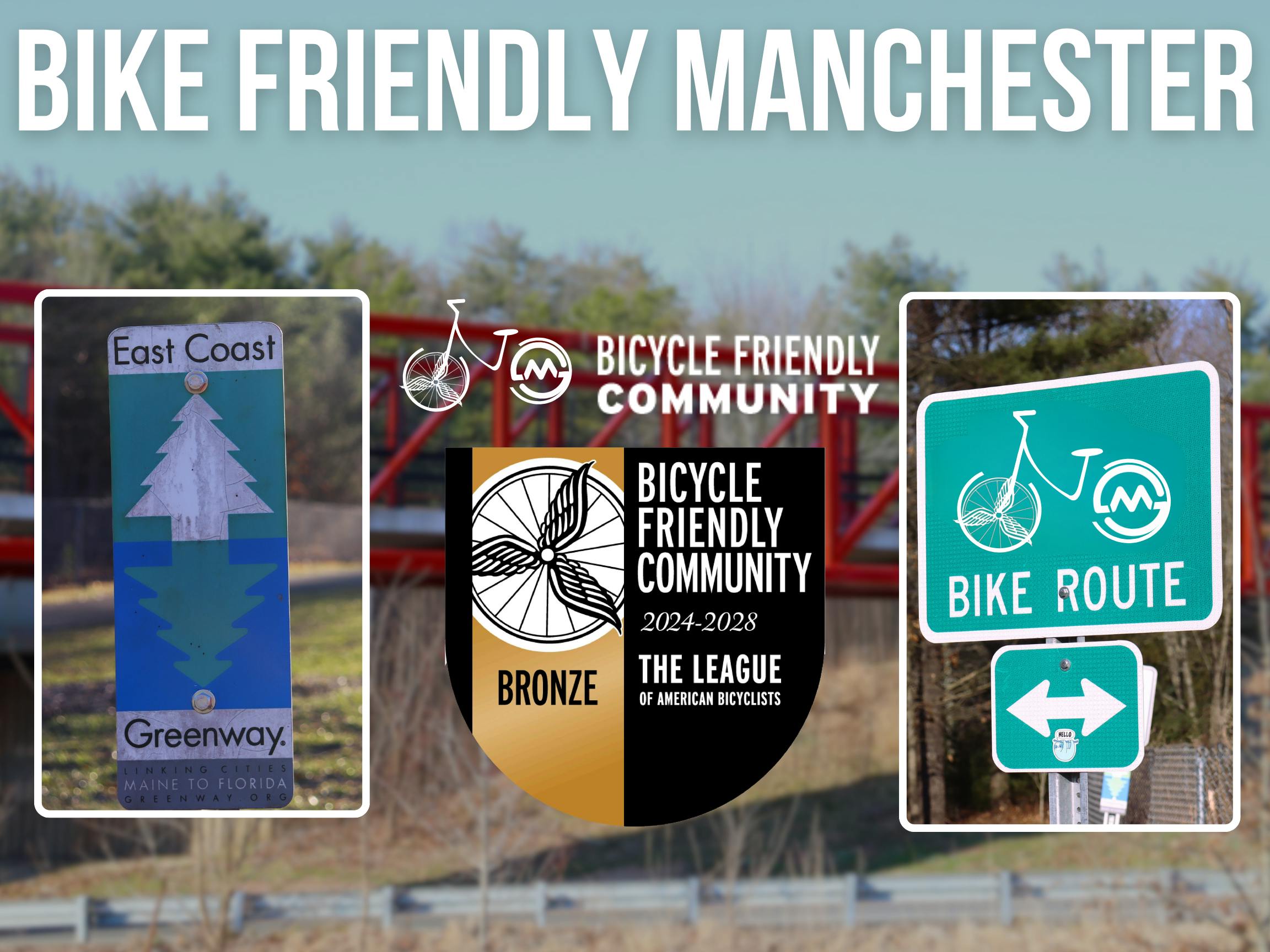Biking in Inclement Weather
Riding bikes in inclement weather requires extra caution and preparation to ensure safety and comfort. Here are some tips and considerations for cycling in adverse weather conditions:
1. Check the Forecast:
Before heading out for a ride, check the weather forecast to anticipate any potential precipitation, high winds, or extreme temperatures.
Consider postponing your ride or choosing an alternative route if severe weather is expected.
2. Dress Appropriately:
Wear layers of clothing suitable for the prevailing weather conditions, including a waterproof and windproof outer layer to protect against rain and wind.
Use moisture-wicking base layers to keep sweat away from your skin and insulating layers to retain body heat in cold temperatures.
Don't forget to wear waterproof gloves, shoe covers, and a cycling cap or helmet cover to protect your extremities from rain and cold.
3. Use Lights and Reflective Gear:
Ensure you're visible to motorists and other road users by using front and rear lights, even during daylight hours when visibility may be reduced due to rain or fog.
Wear reflective clothing or accessories, such as vests, bands, or ankle straps, to increase your visibility in low-light conditions or when riding in rain or mist.
4. Ride Defensively:
Exercise caution and anticipate potential hazards on the road, such as slippery surfaces, reduced visibility, and reduced traction.
Reduce your speed and increase your following distance to allow for longer stopping distances and to react to unexpected obstacles or hazards.
5. Maintain Your Bike:
Ensure your bike is well-maintained and in good working condition, especially in wet or muddy conditions that can accelerate wear and corrosion.
Check your brakes, tires, drivetrain, and lights regularly, and clean and lubricate components as needed to prevent rust and corrosion.
6. Adjust Your Riding Technique:
Ride with a relaxed and stable posture, keeping a firm grip on the handlebars and maintaining a smooth and steady cadence.
Brake gently and gradually to avoid skidding or loss of control on wet or slippery surfaces, and use both front and rear brakes in combination for optimal stopping power.
Use caution when cornering or turning, as wet or icy roads can reduce traction and increase the risk of slipping or sliding.
7. Be Prepared for Emergencies:
Carry essential tools and supplies with you, such as a spare tube, tire levers, patch kit, multi-tool, pump, and a mobile phone for emergencies.
Plan your route to include sheltered rest stops or indoor facilities where you can seek refuge from severe weather if necessary.
8. Know When to Stop:
Use your discretion and judgment to determine when it's safe to continue riding in adverse weather conditions and when it's best to seek shelter or postpone your ride.
If conditions deteriorate rapidly or become unsafe, prioritize your safety and well-being by finding a safe place to wait out the weather or arrange for alternative transportation.


